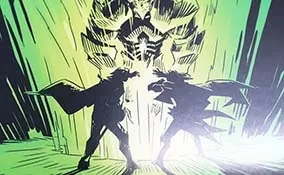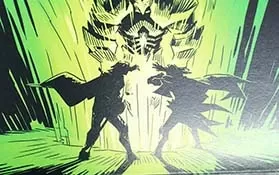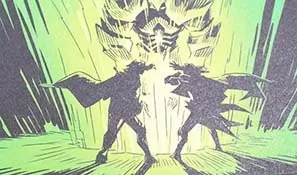PrintNinja - online printing made easy for creators
Paper and Card Stock
The whole printing process begins with paper. Paper comes in a variety of weights and finishes, and every printing company offers different options depending on their paper suppliers and presses. You’ll find the widest variety of paper options when working with offset printers because operators can calibrate the press based on thickness and coatings. On the other hand, digital printers used for print-on-demand have a limited amount of paper options. Digital offset can handle both digital papers and offset papers, but depending on the manufacturer, the best quality results usually require paper specifically designed for the press. Despite this fact, the options for finish and weight often match the traditional digital and offset variety.
Parent Sheet Size
Parent sheets are large pre-cut pieces of paper, typically designed to fit 4–16 pages of a project on each side or 55 poker cards. They come in many weights and are often pre-coated with gloss or matte.
One of the major factors in the cost of a printing project is how many parent sheets will be used, which is why certain standard sizes (8.5″ x 11″, 6″ x 9″, 9″ x 12″) and page counts (multiples of 16) are usually the most cost-effective choices since they can maximize the parent sheets used.
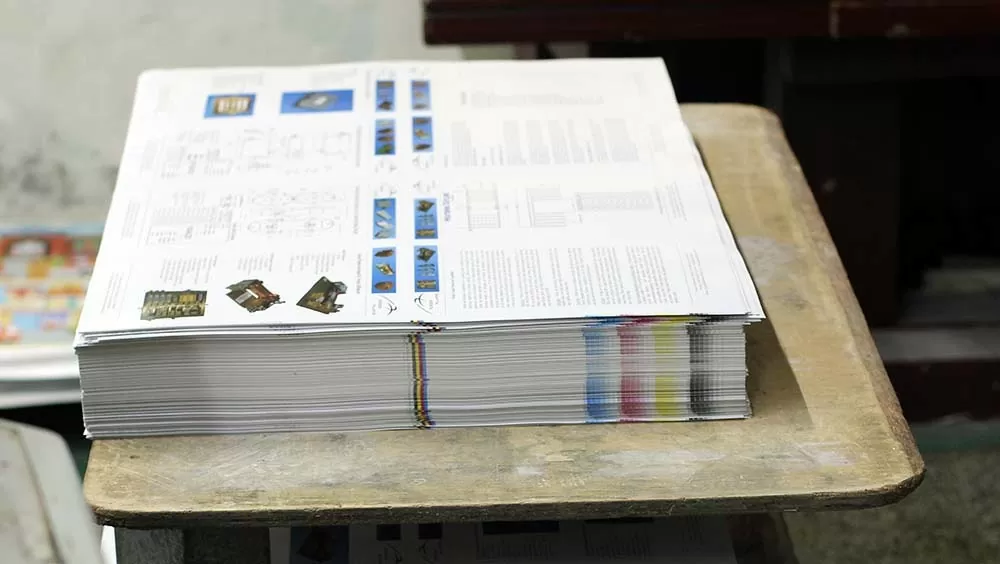
Paper Weight
Paper weight refers to a particular thickness of paper stock. There are many different weight classifications, including text, cover, index, bond, bristol, and more, as well as the metric system classification of grams per square meter. When comparing within a specific classification of paper, a lighter weight indicates a thinner paper.
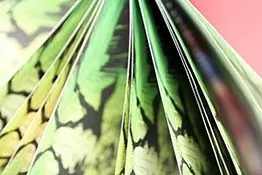
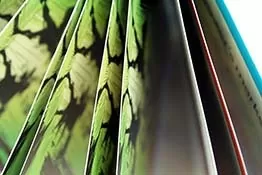
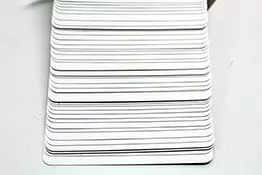
Make sure to include both weight and classification when comparing paper stocks, especially when comparing quotes from different countries. For example, many US printers may give you a quote for “80 lb. cover” which is much heavier than “80 lb. text”. If you’re not sure where to begin, you can always use our industry standards pages to help with your decision.
Cardstock
The GSM (grams per square meter) measurement mentioned in the paper weight section above, often applies to playing cardstock. The higher the number (300gsm, 310gsm, 330gsm, 350gsm) the thicker the card stock. Keep in mind that GSM does not always equate to the rigidity of a card. For example, 100lb Cover Linen Card Stock is 270gsm while our 12pt Coreless Stock is 260gsm. The 12pt Coreless stock feels more rigid in your hand, even though the 100lb Cover Linen stock is technically thicker at 270gsm. When selecting a paper weight for your playing cards you need to also consider the core, the material placed in-between the two pieces of paper that make up your card (i.e. 300gsm Blue Core, 330gsm Black Core).
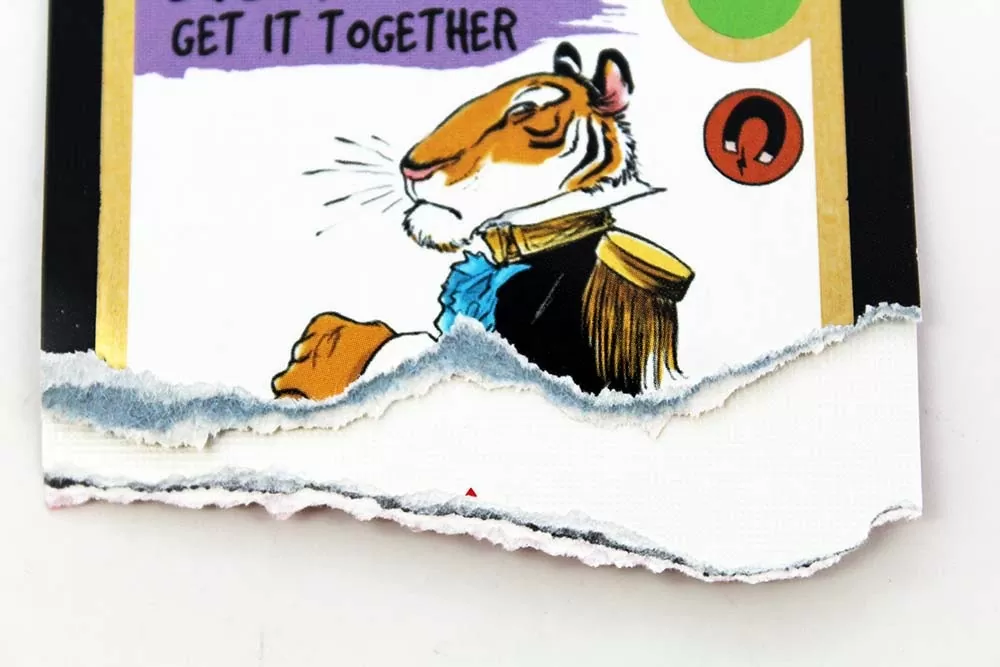
What Does a Card Core Do?
The job of the core is to make your card less transparent and more durable. From lowest quality to highest, the cores range from: coreless, grey, white, blue, and black. Many card printers use different terms to explain the cores, so be wary of the name and request a sample when possible. You can determine a cards core by ripping the card in half — the core color should be visible.
Selecting a Card Core
Most often board game creators will select a coreless cardstock since their cards will not be handled frequently. On the other hand, our card game creators lean towards blue and black core since their games revolve around cards, which are typically held in players’ hands the entire game.
Paper Coating
Coating is applied during the paper manufacturing process. Coating affects the way that inks are absorbed by the paper, making halftone dots and text stay sharp. Any paper weight can have a coating, and which coating to choose is largely a creative decision. Here are the three most popular options:
